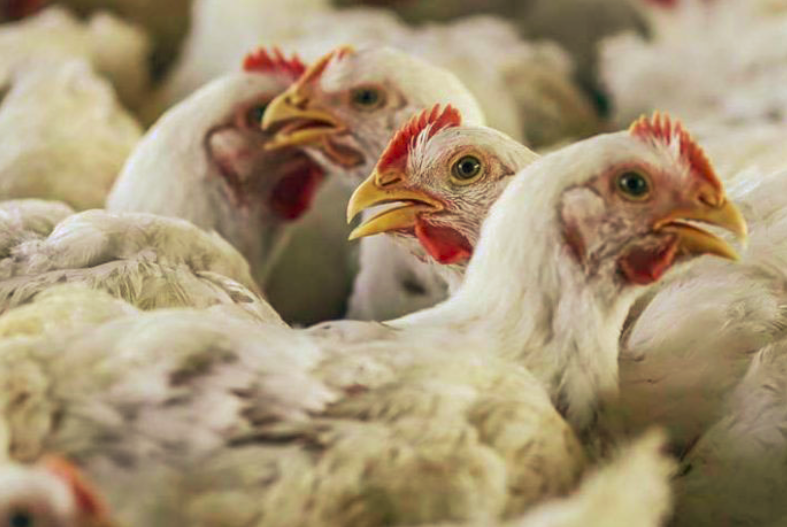
To counter the spread of the Highly Pathogenic Avian Influenza (HPAI) virus in the country, the Department of Agriculture-Bureau of Animal Industry (DA-BAI) vowed to continue prioritization of immediate information dissemination, thorough disease investigation, immediate culling and proper disposal of all remaining birds in affected farms, intensive surveillance in the 1-kilometer quarantine zone around the infected farms and heightened transport requirements for poultry commodities, requiring negative AI tests and other documents.
“The BAI is steadfast in mitigating the spread of AI, protecting the poultry industry of our country and ensuring the safety of our consumers.” DA-BAI OIC-Reildrin Morales reiterated.
Private laboratories have also been granted permission to conduct AI testing through the DA Memorandum Circular No. 28, series of 2022 to help alleviate the burden of government laboratories due to the influx of samples.
Aside from regular consultation and coordination with the poultry industry stakeholders and coordination with the DA Regional Field Offices, local government units, and other related agencies and offices, the DA-BAI also reports to the Department of Health (DOH)’s Epidemiology Bureau and the World Organisation for Animal Health (WOAH) on the current status of AI in the Philippines.
In a memorandum dated August 1, the DA-BAI confirmed the presence of Asian Avian Influenza (AI) Subtype H5N1 in 17 provinces throughout the country. The AI outbreak was confirmed to have entered the Philippines in January 2022. Since then, a total of 198 cases were recorded nationwide, resulting in the mortality of 182,968 heads and the culling of 1,267,055 poultries. More than P122 M were distributed as indemnification by the DA-BAI as of July 29.
Meanwhile, municipalities in Camarines Sur (Baao, Balatan, Bula, Goa, Libmanan, Nabua and Sipocot) and Davao del Sur (Magsaysay) were previously declared AI-free as per the DA Memorandum Circular No. 30, series of 2022.
According to the Center for Disease Control (CDC), the AI H5N1 is a highly pathogenic and deadly strain for poultries.
“Asian H5N1 was first detected in humans in 1997 during a poultry outbreak in Hong Kong and has since been detected in poultry and wild birds in more than 50 countries in Africa, Asia, Europe, and the Middle East. Six countries are considered to be endemic for Asian HPAI H5N1 virus in poultry (Bangladesh, China, Egypt, India, Indonesia, and Vietnam),” the CDC reported in its official website.
While the risk from the said virus is low to most people, the CDC emphasizes the need to exercise caution. This includes the avoidance of direct contact with birds, proper handling and cooking of poultry, restricting travel to AI-affected areas, getting vaccinated for seasonal flu, and reporting cases of infected birds and humans in direct contact with birds to the local veterinarian or public health office. ### (Krystelle Ymari A. Vergara, DA-AFID)














